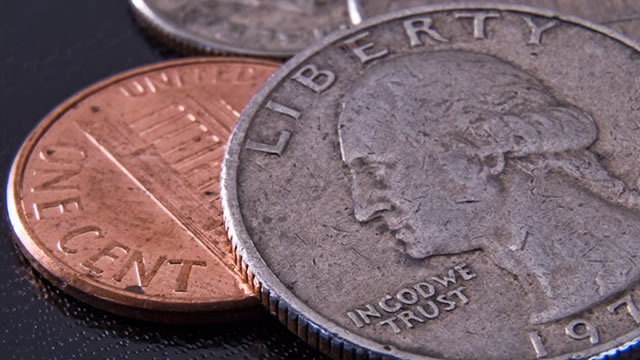Mount Everest: A Changing Landscape
The Observations of Kenton Cool
Witty, conversational, and delightfully offbeat, British climber Kenton Cool shared some intriguing insights during his recent interview in Kathmandu. Cool, who holds the impressive title of making the most ascents of Mount Everest by a foreigner, has noticed a significant change in the world’s highest peak. According to Cool, Mount Everest is losing its snowy covering and transforming into a “dry and rocky” landscape.
Reflecting on his adventures on the 8,849-meter giant, Cool mentioned how the mountain used to be blanketed in snow back in the early to mid-2000s. However, as he made his 17th ascent of Everest, he observed a noticeable decrease in the snow cover. The once pristine white slopes are now giving way to bare rock, indicating a shift in the mountain’s climate.
What Does This Mean for Climbers?
For climbers like Kenton Cool, the changing landscape of Mount Everest poses new challenges and considerations. The decreased snow coverage could impact the difficulty of climbing routes, as well as the overall safety of expeditions. Climbers will need to adapt to the evolving conditions on the mountain and adjust their strategies accordingly.
Implications for the World
The transformation of Mount Everest from a snow-covered peak to a more rocky terrain has broader implications for the world. Climate change is likely playing a significant role in this shift, highlighting the urgent need for global action to address environmental concerns. The dwindling snow on Everest serves as a stark reminder of the impact of human activities on our planet’s delicate ecosystems.
Conclusion
In conclusion, Kenton Cool’s observations on Mount Everest offer a glimpse into the changing face of this iconic mountain. As snow gives way to rock, climbers and the world at large must reckon with the realities of climate change. It is a reminder of the fragility of our natural world and the importance of preserving it for future generations.





